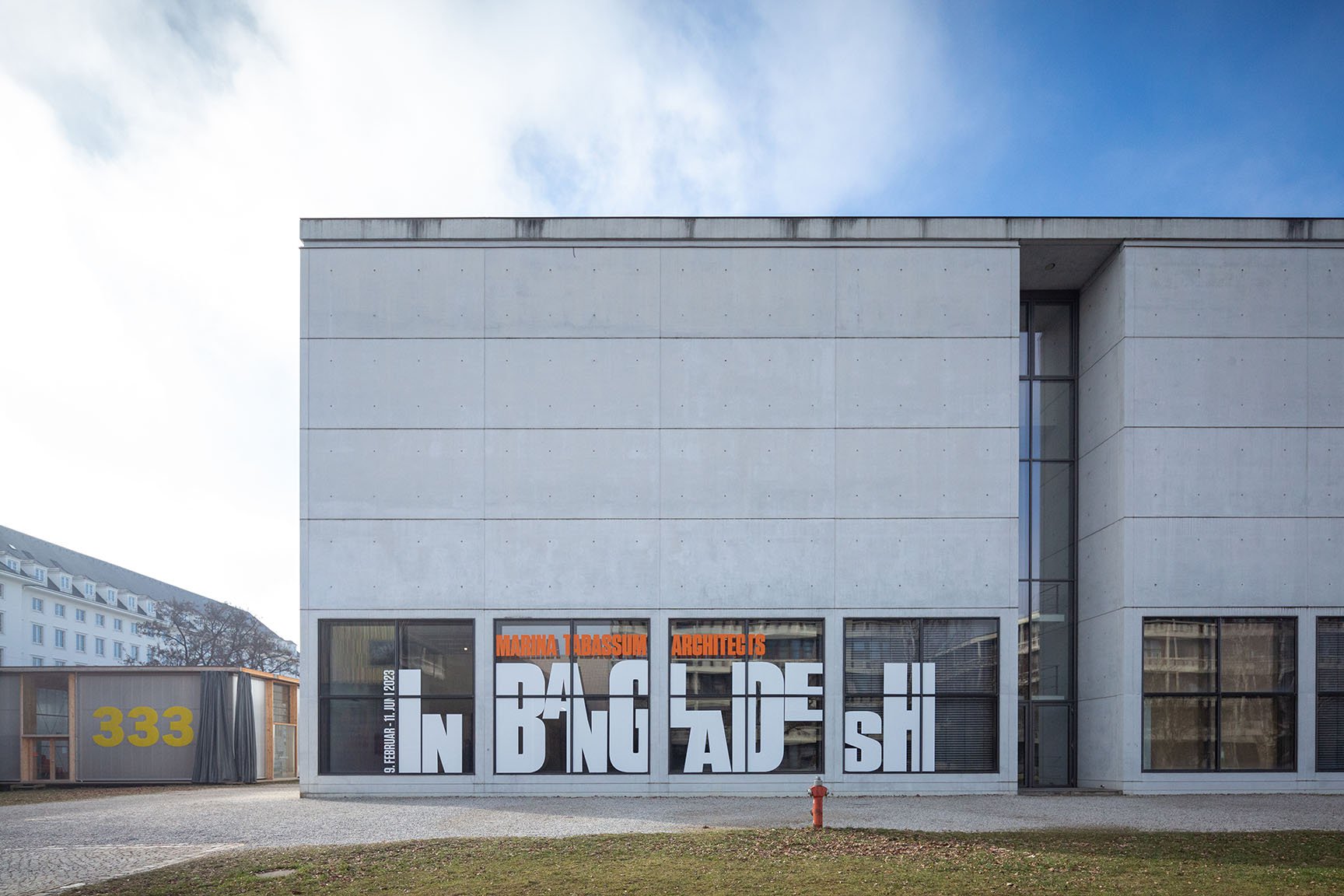
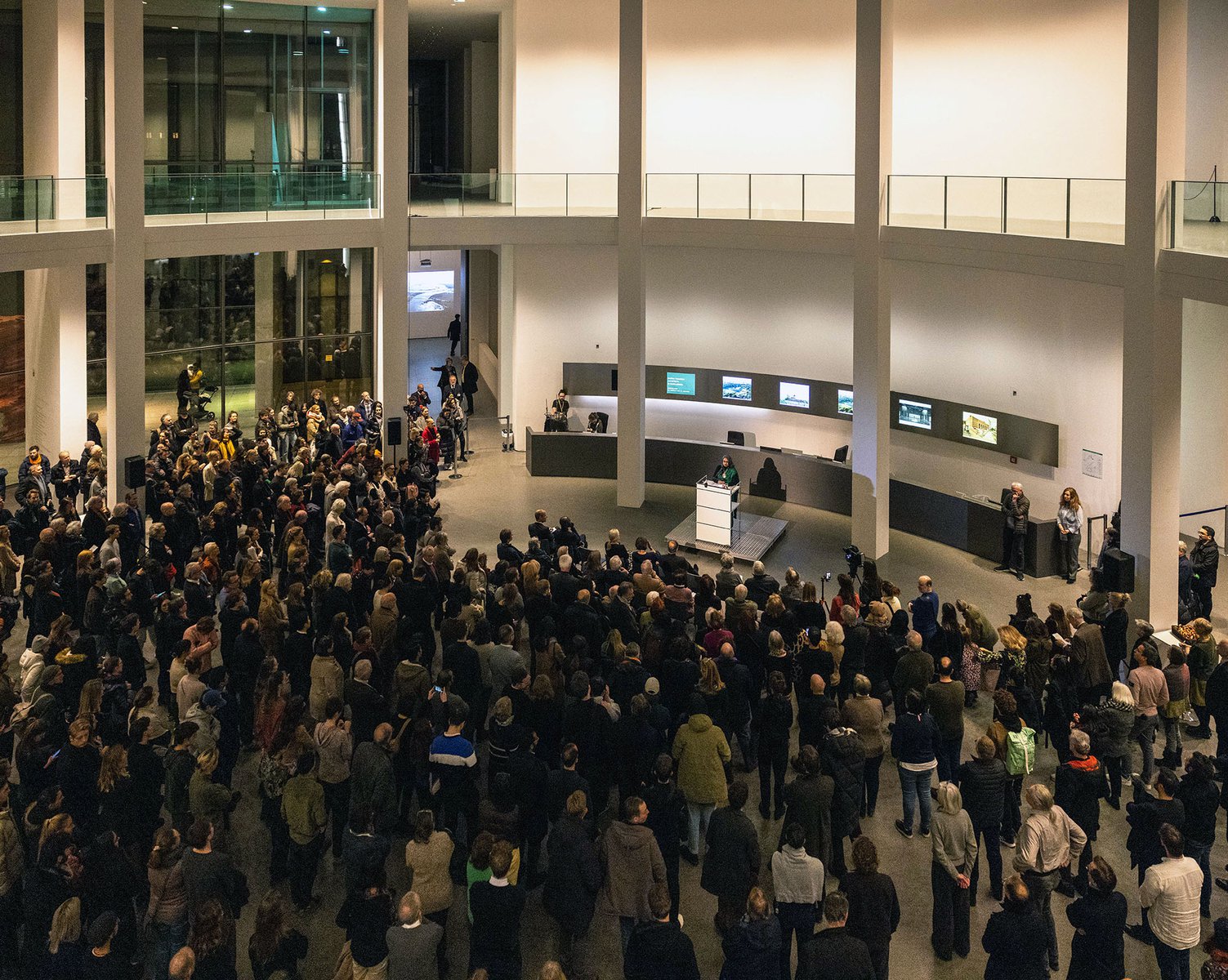
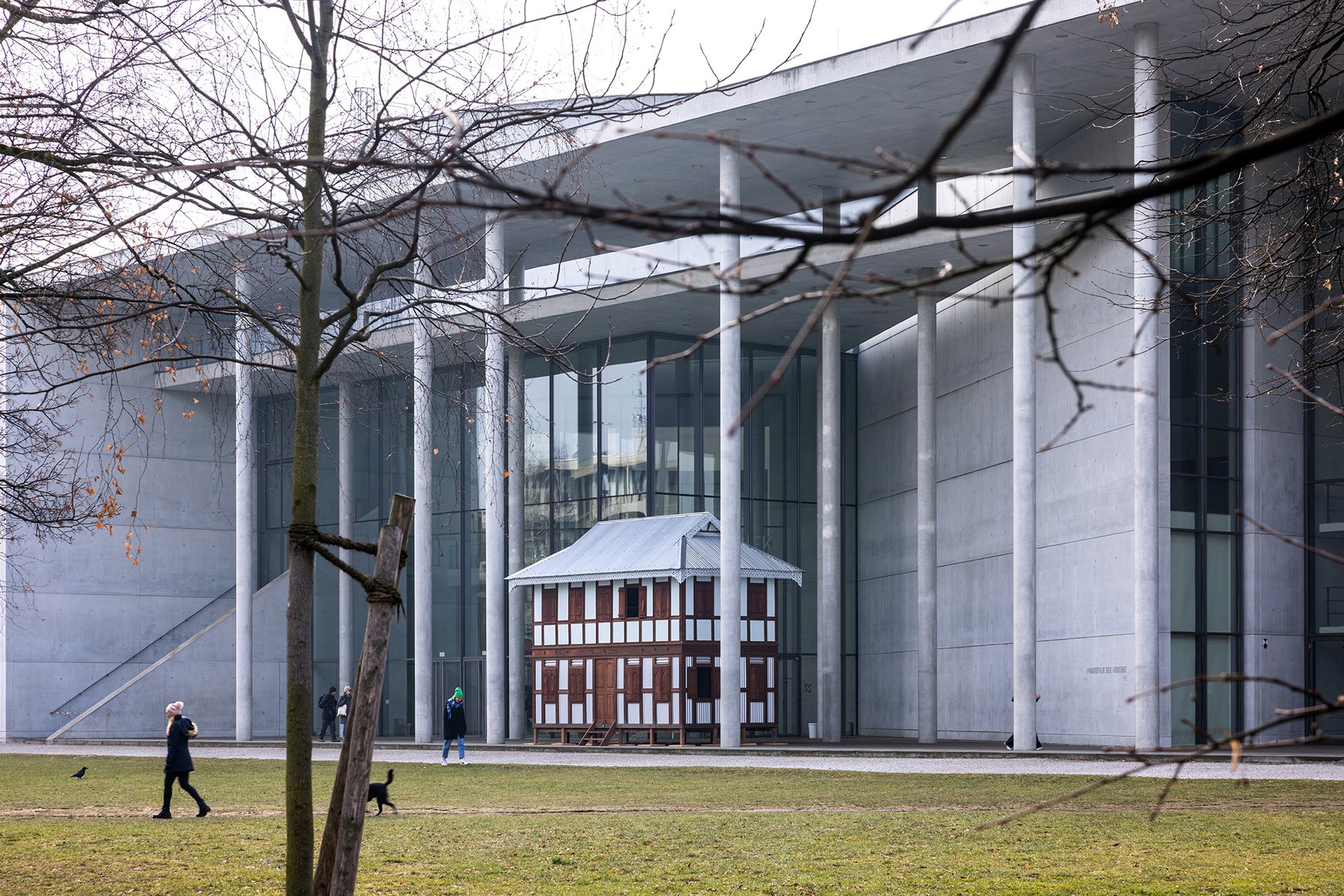
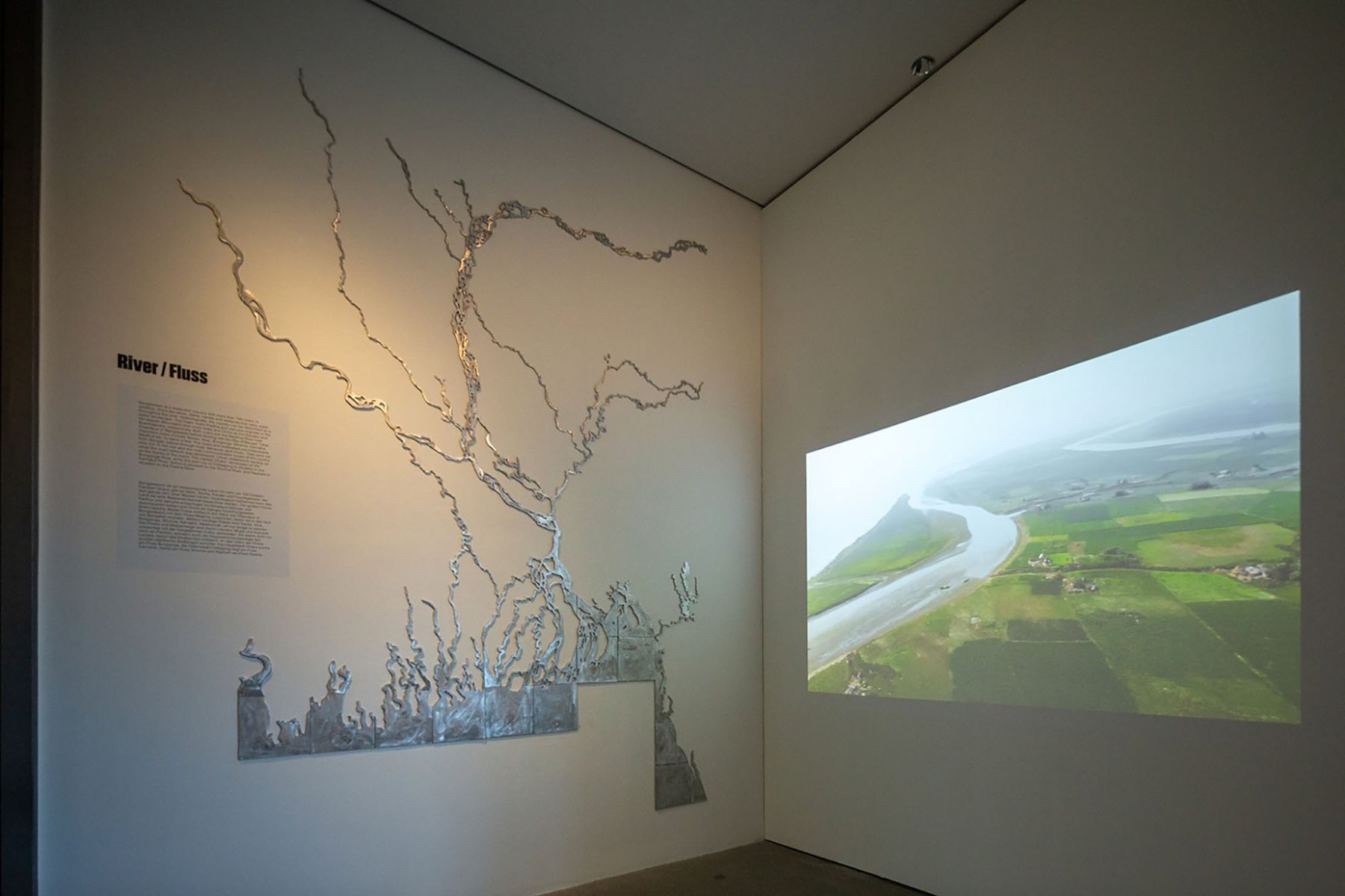
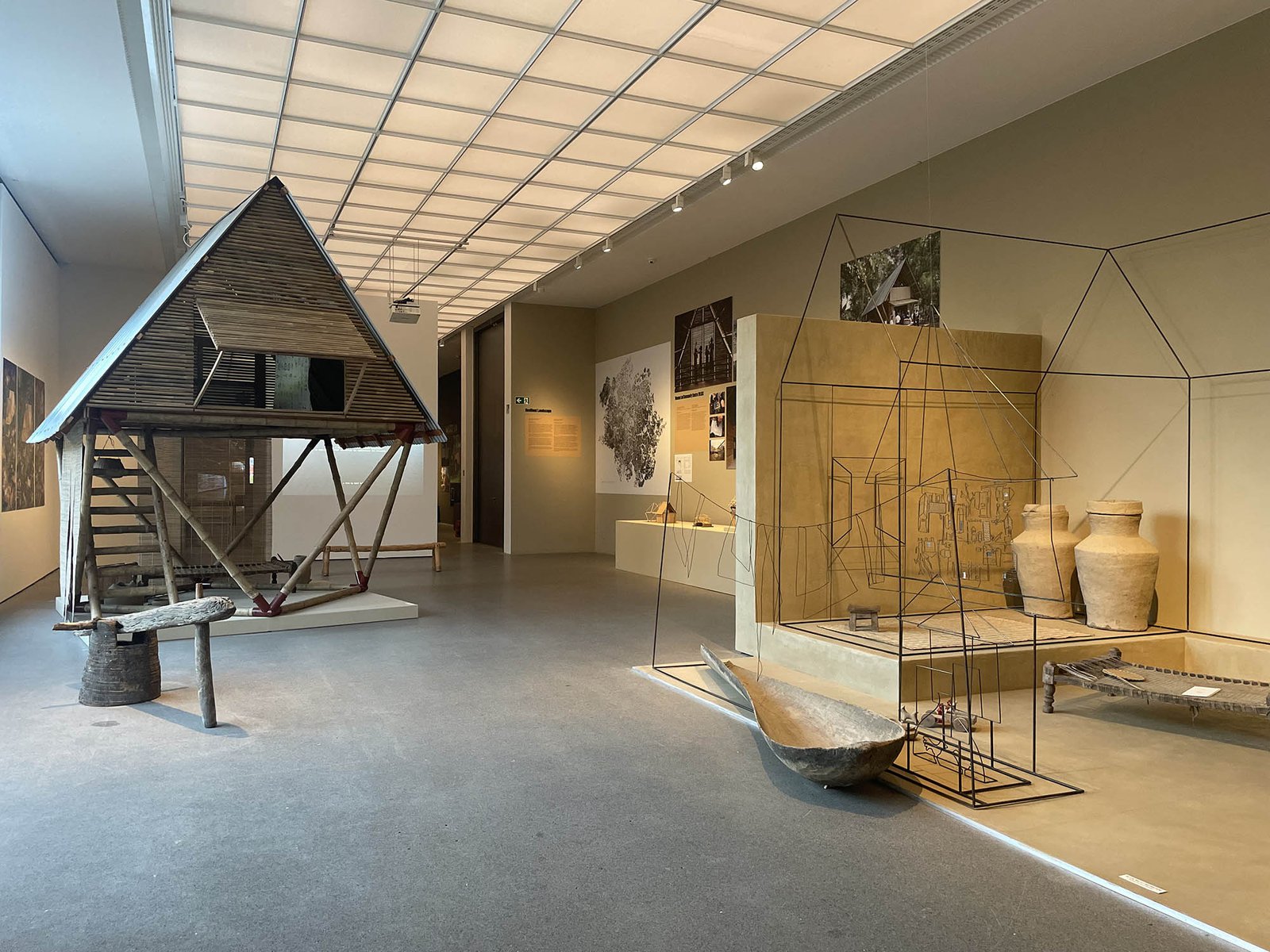
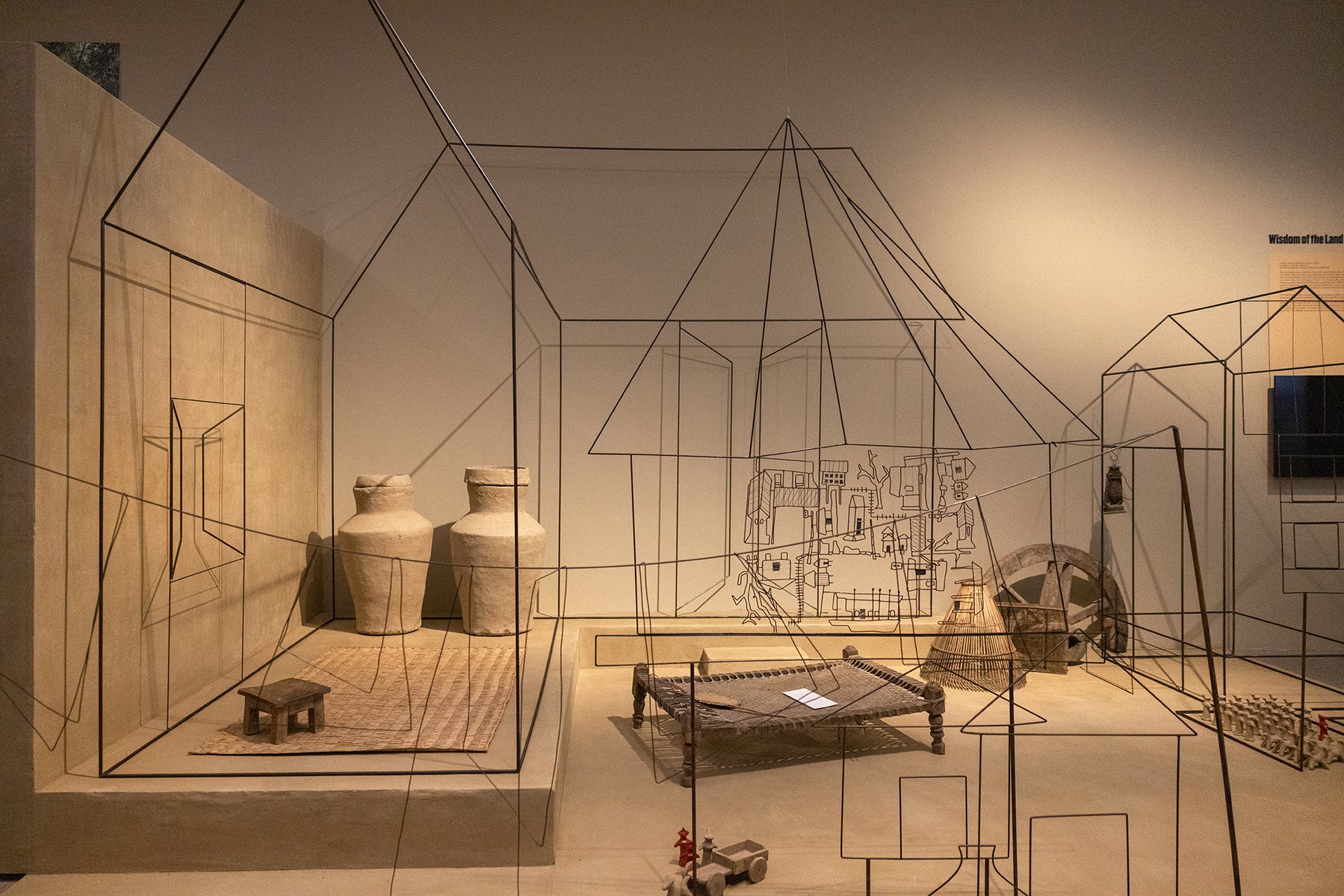
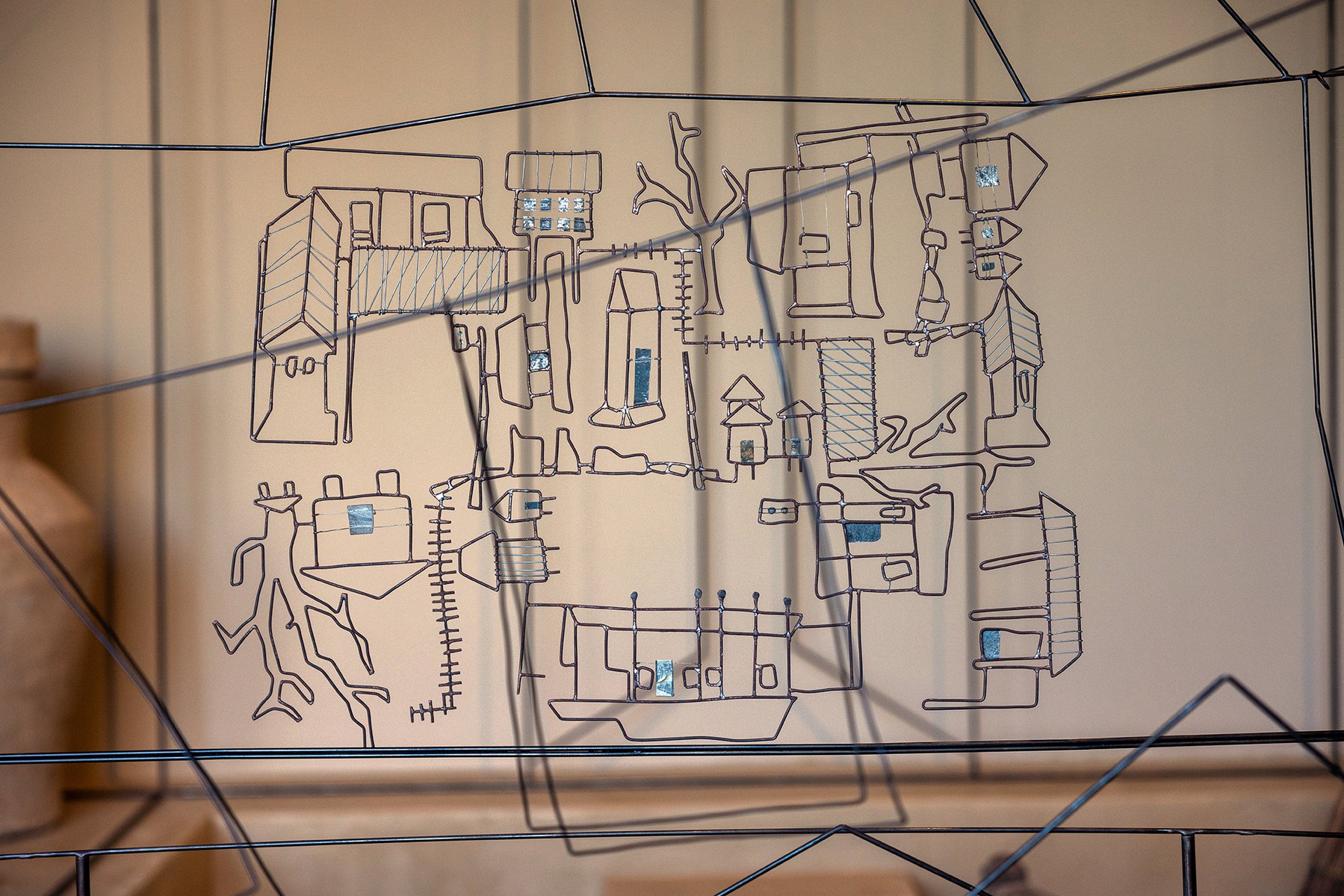
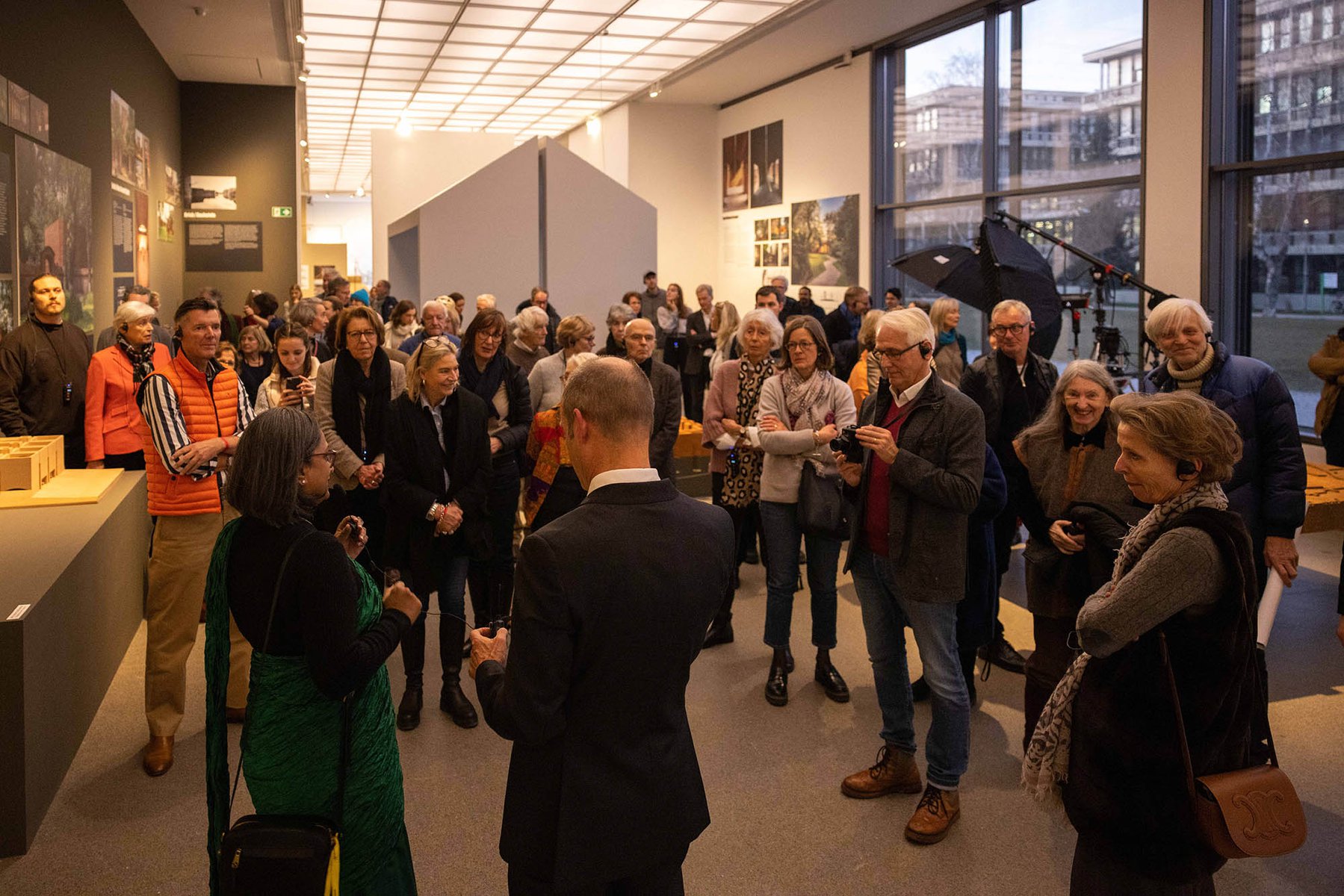
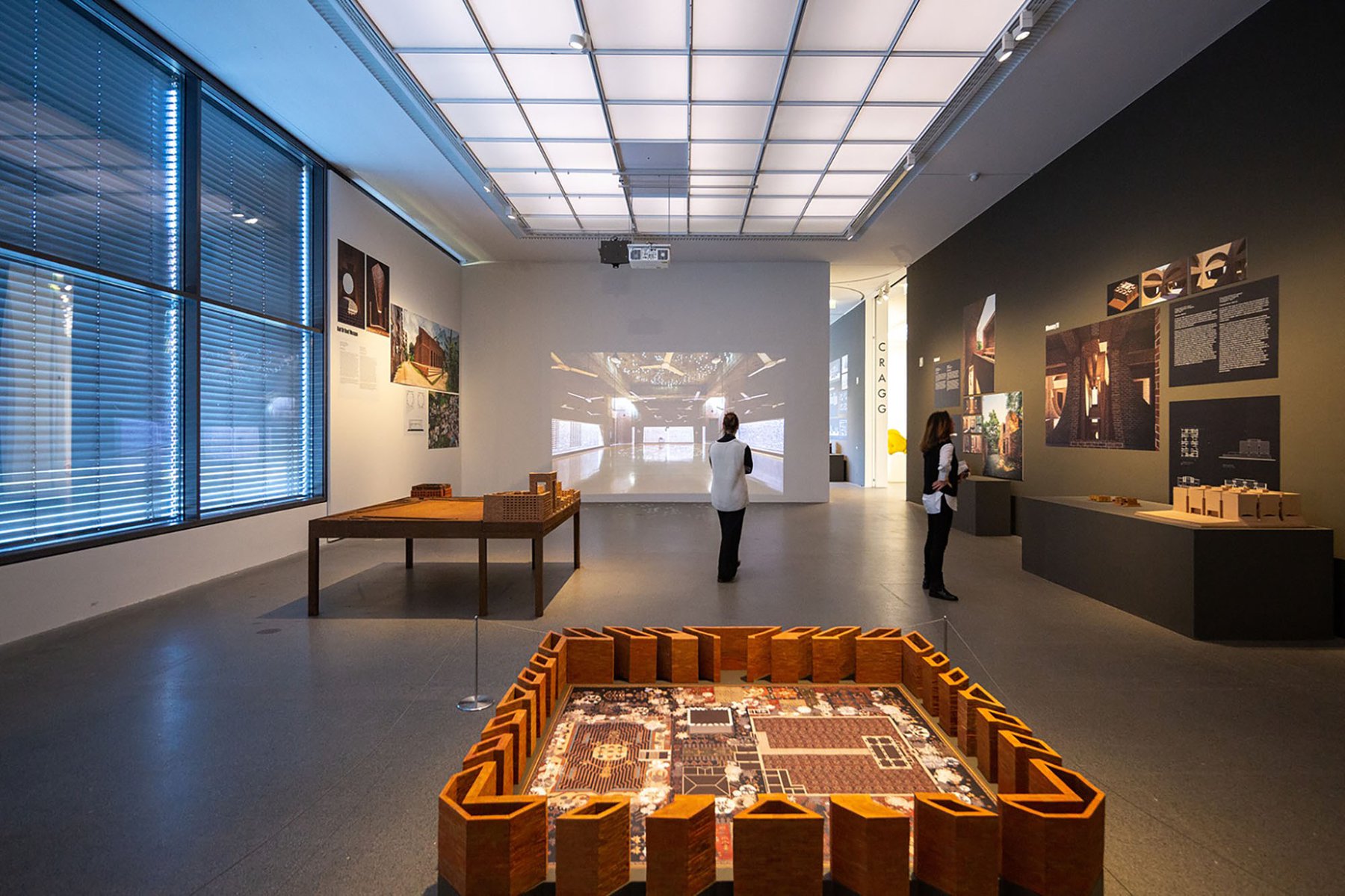
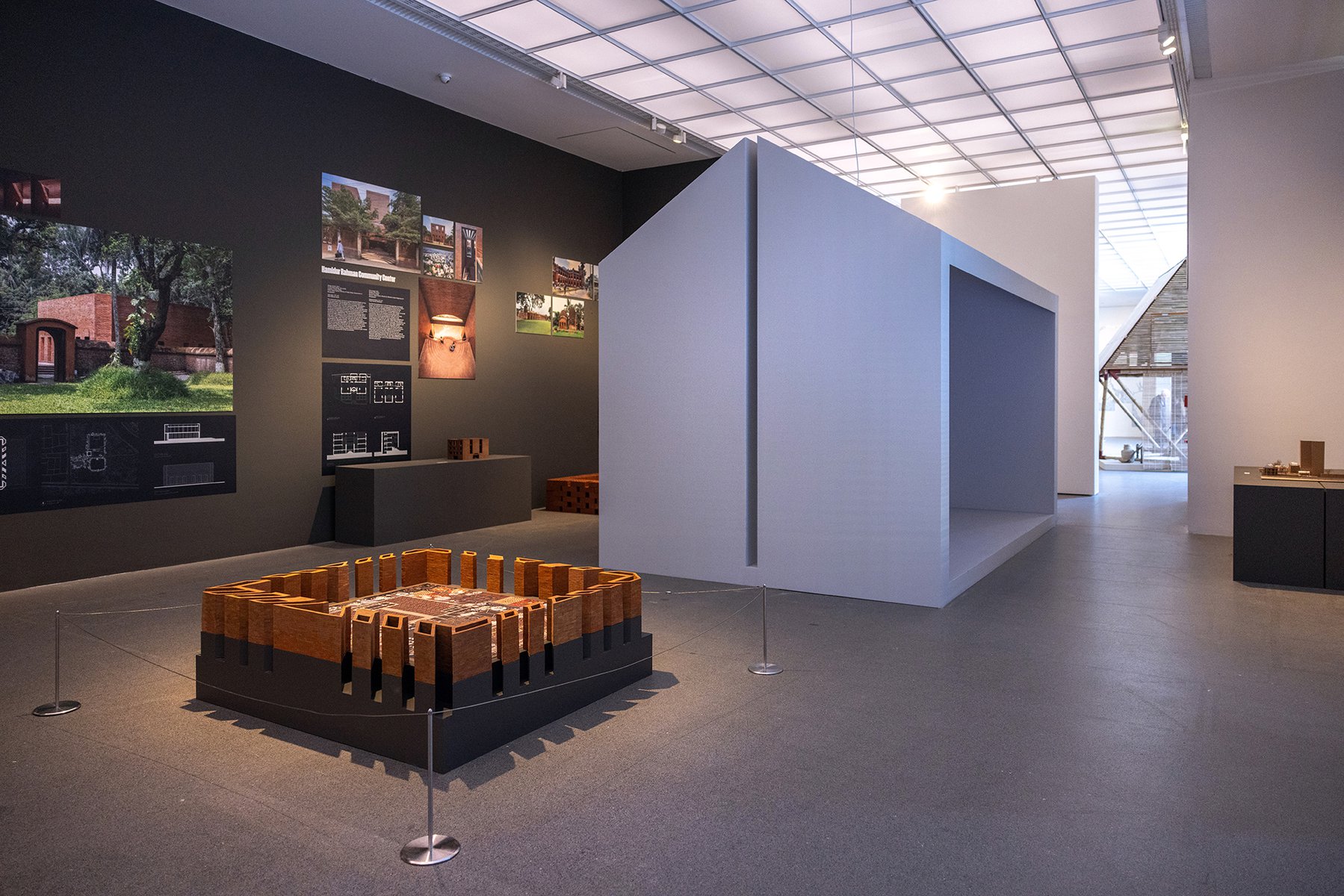
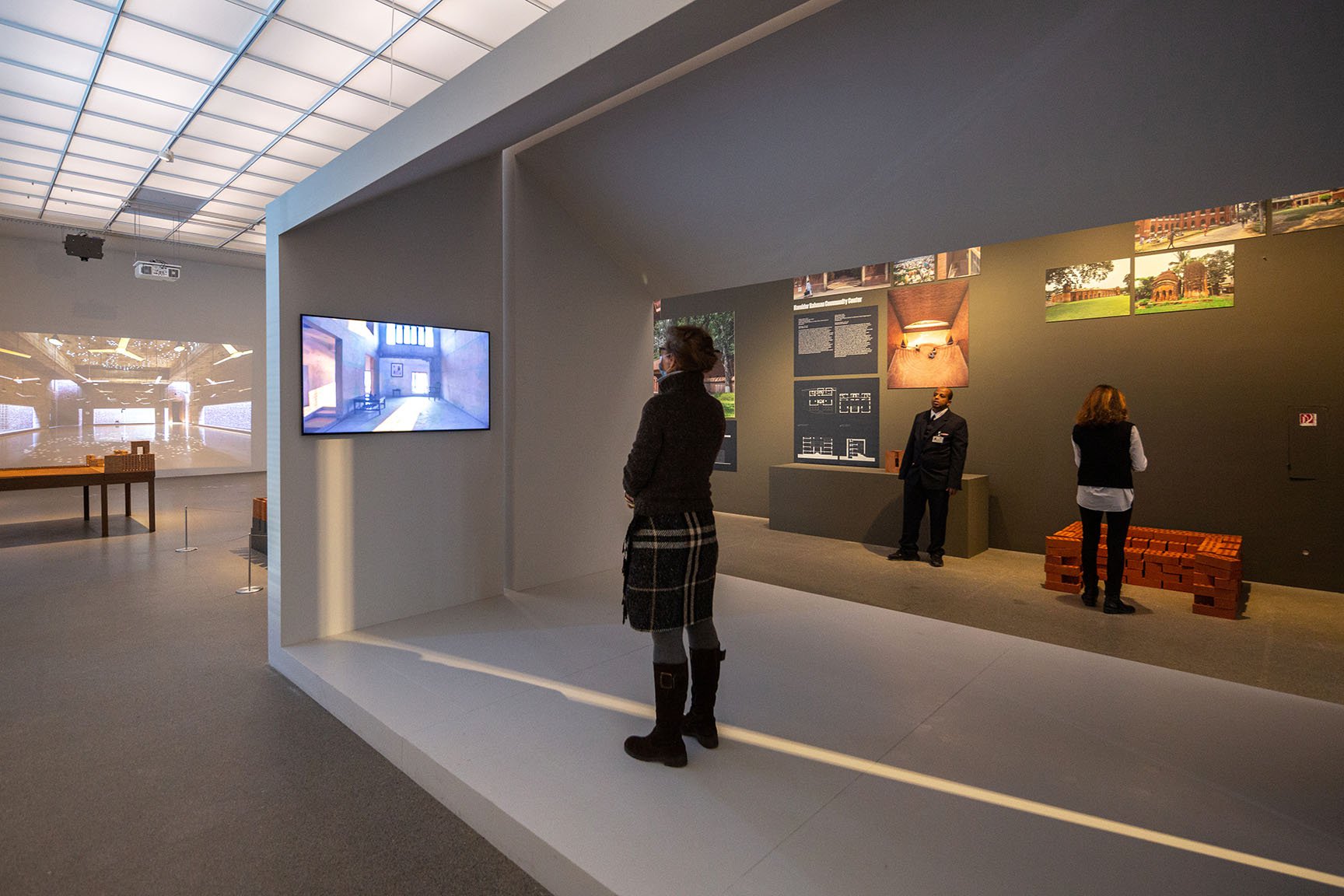
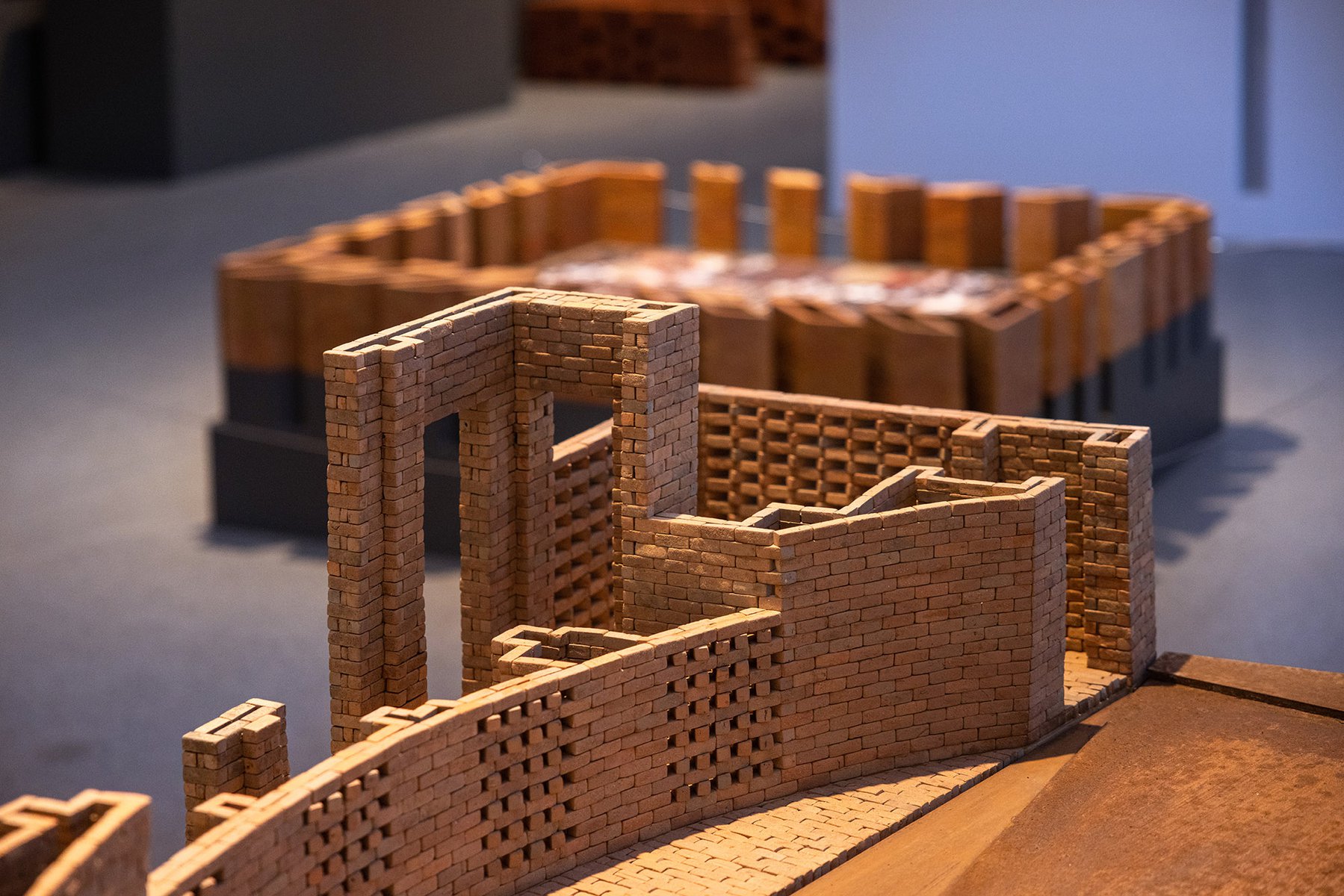
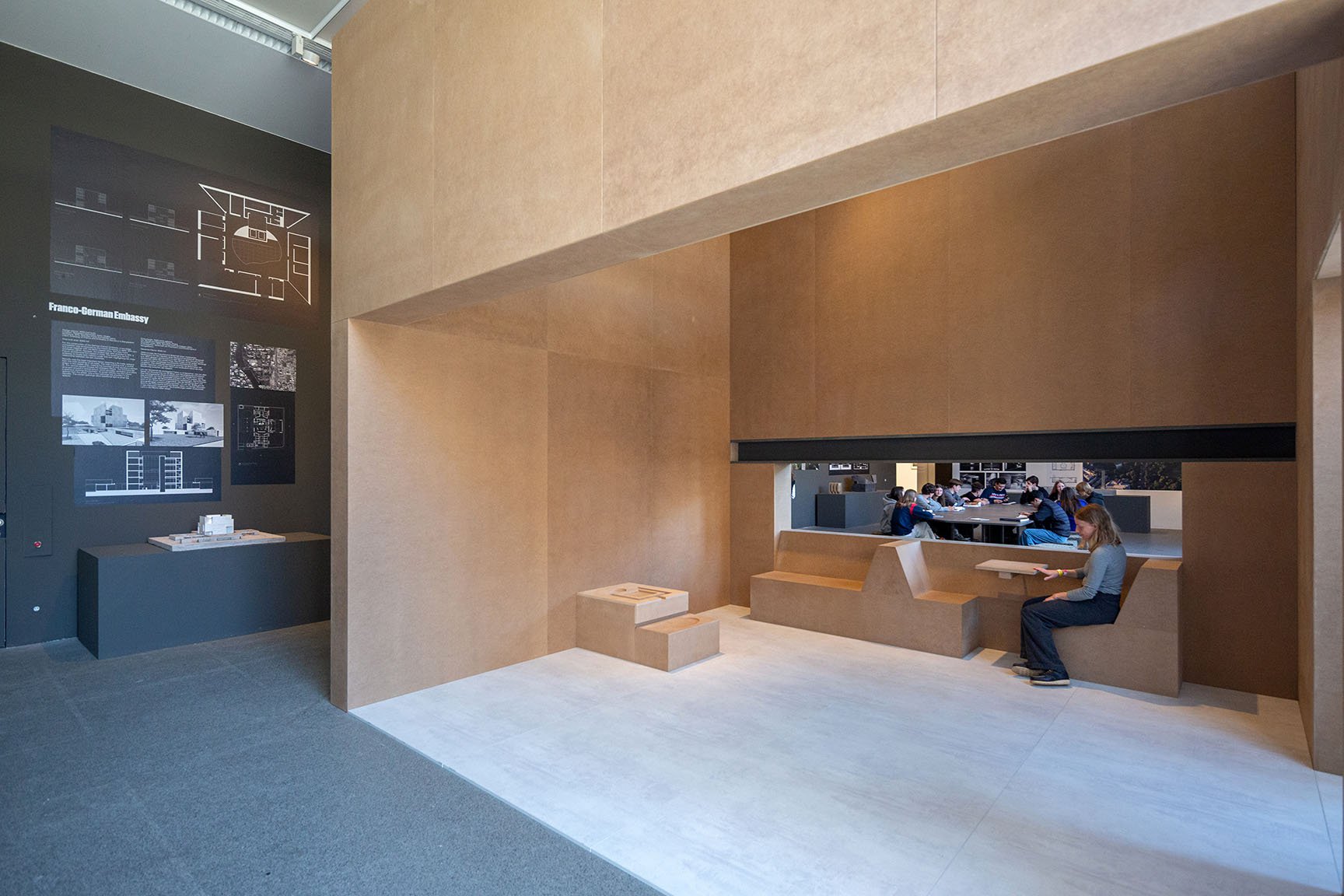
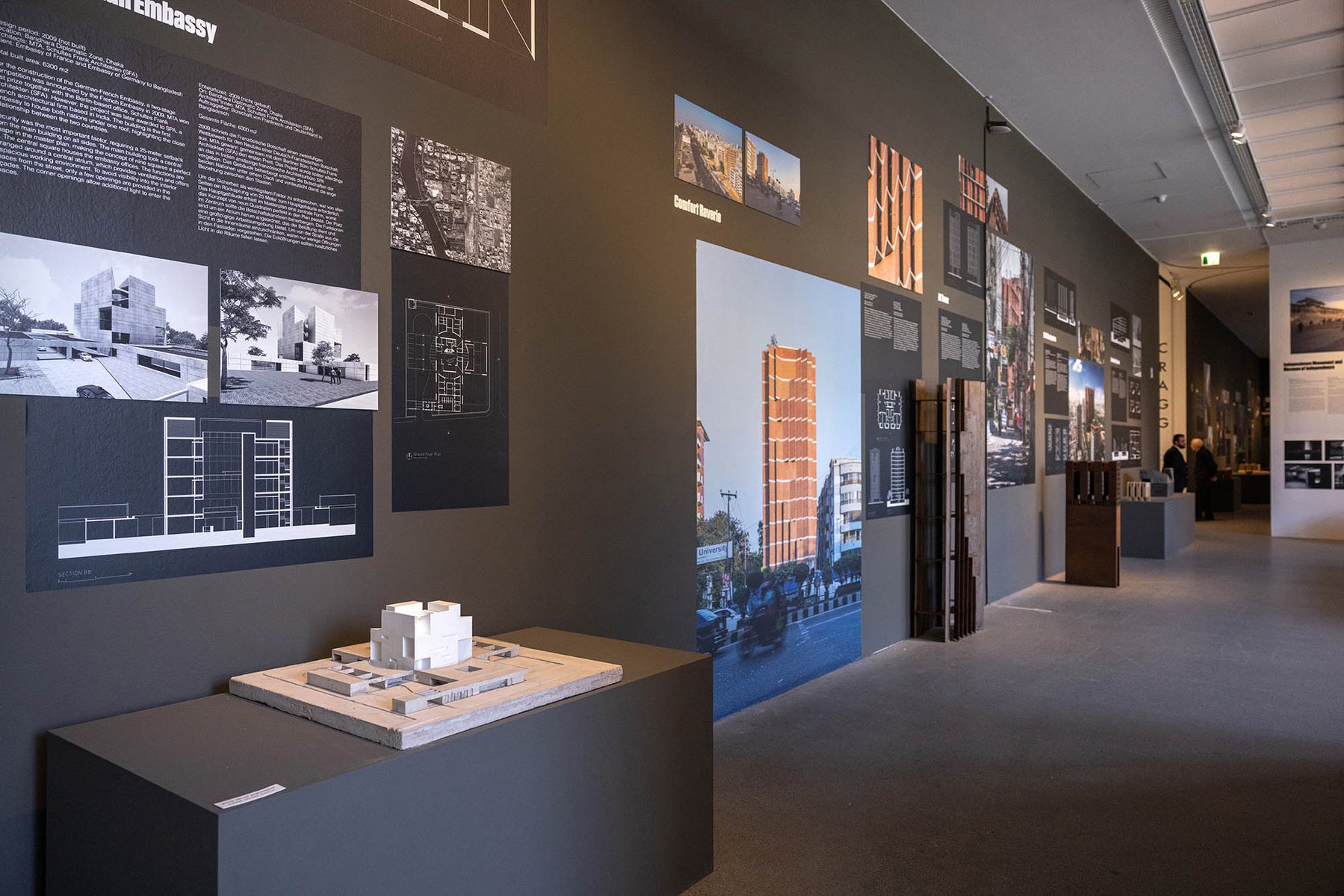
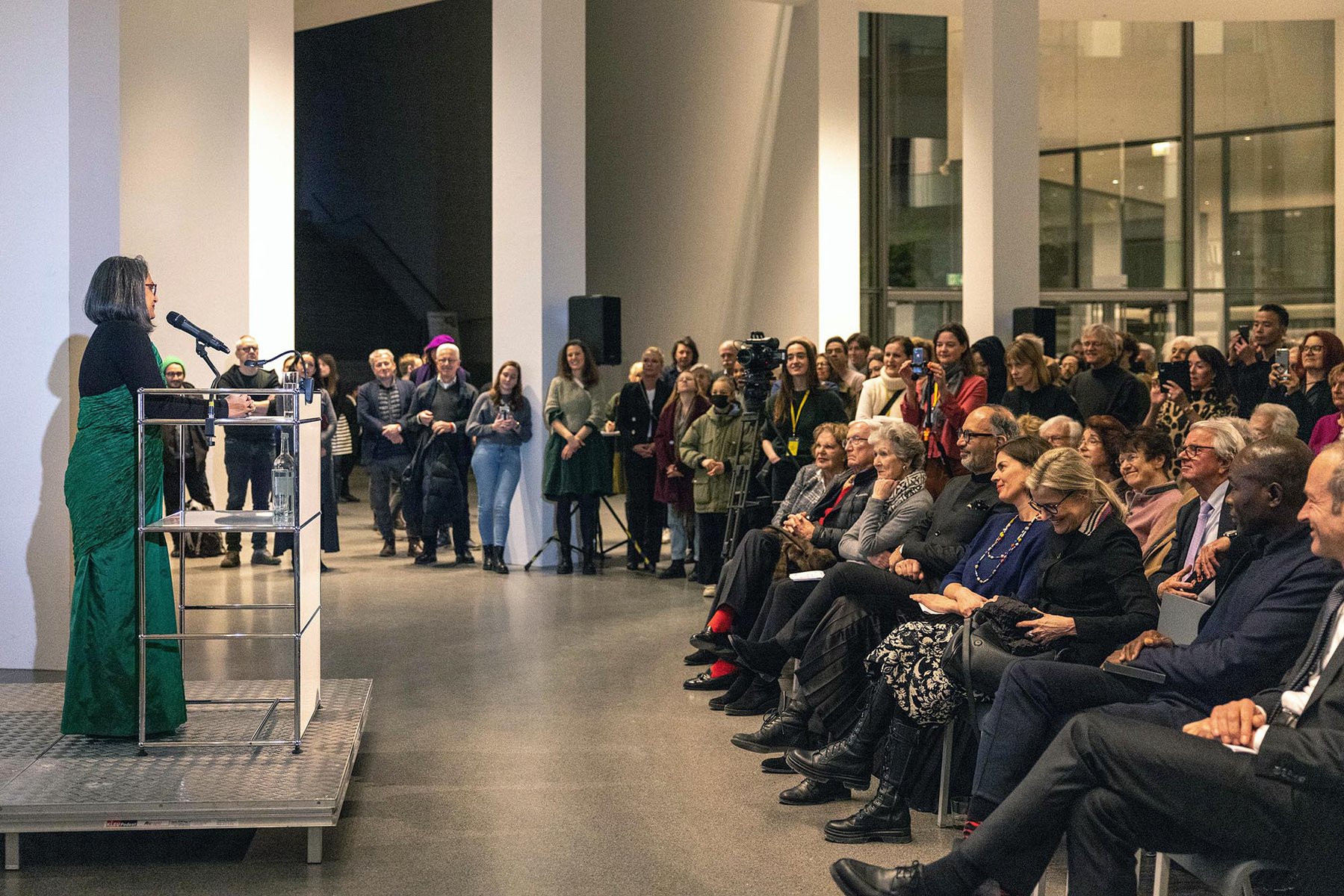
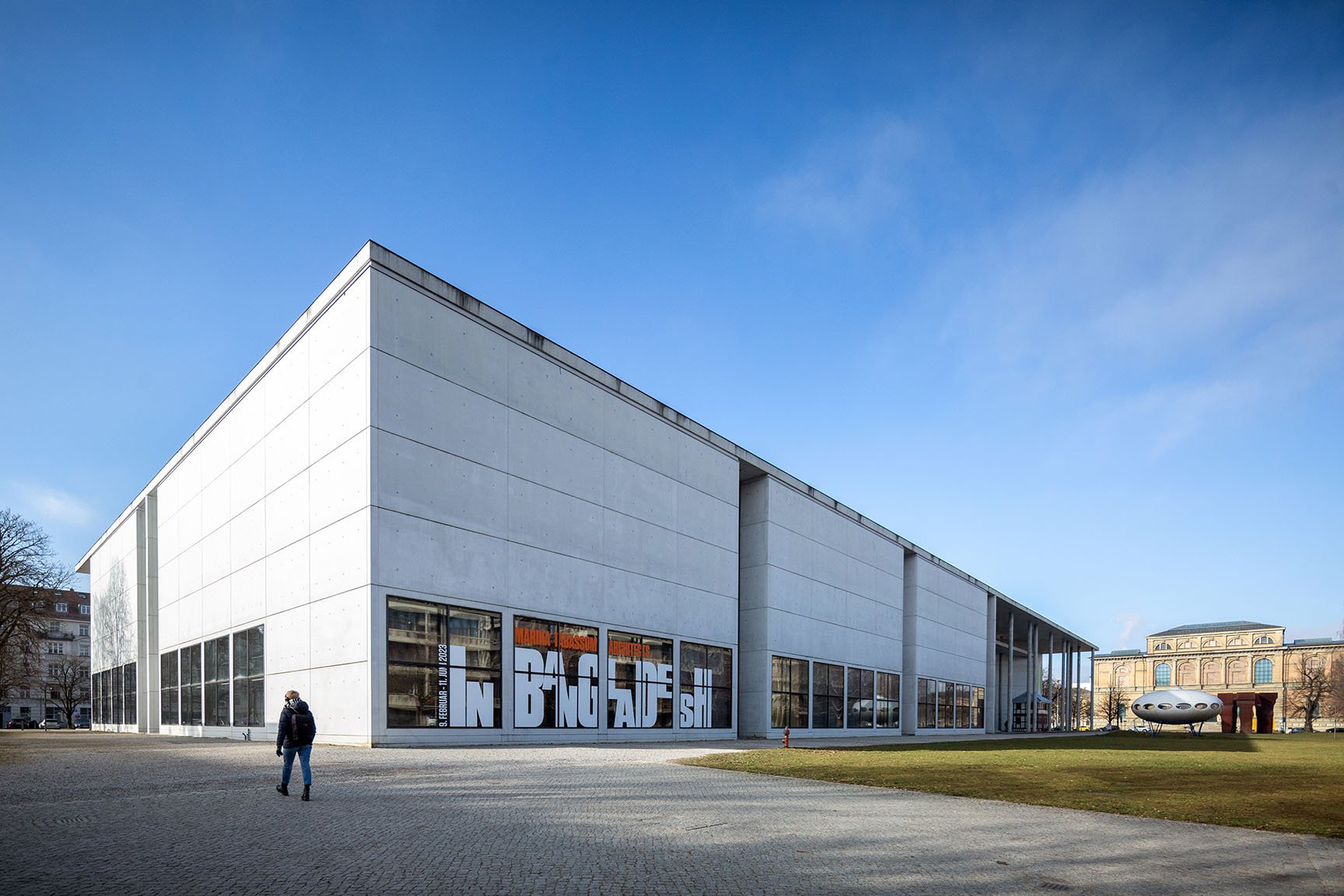
MARINA TABASSUM ARCHITECTS: IN BANGLADESH
MARINA TABASSUM ARCHITECTS: IN BANGLADESH
| Exhibiting: | In Bangladesh |
| Timeline: | February 2023 - June 2023 |
| Venue: | Architecture Museum, Munich, Germany |
| Organizer: | Technical University of Munich (TUM) |
| Curator: | Simone Vera Bader, Marina Tabassum |
Curator’s Note:
The architecture of the Southeast Asian country, Bangladesh is strongly influenced by the dynamic interaction of land and water. The rivers, which frequently overflow their banks, constantly reshape the terrain. The inhabitants of Bangladesh have always had to adapt to the strong forces of nature; today they are also at the mercy of global climate change, which increasingly threatens their livelihoods. These factors are central to Marina Tabassum’s projects and research. The close connection between people and the environment therefore also defines the structure of the exhibition, which is organized according to geographical location.
In the first room, projects are presented that MTA has realized in rural areas – where water determines people’s lives. To explore natural mechanisms, Tabassum and her team of young architects and students repeatedly travel to the delta, where marginalized communities are threatened by rising sea levels. For this often landless, low-income population, MTA has spent the past two years designing low-cost, mobile, modular building systems called “Khudi Bari” (Small House) made from local materials. It has also extended its social engagement to the fate of the hundreds of thousands of Rohingya refugees, planning and implementing projects in the world’s largest refugee camps, Cox’s Bazar.
In the second room, buildings are presented that have been constructed on the urban periphery, i.e. in fast-growing areas that are developing in part without planning control. In these dense outskirts, where the social community still plays a central role, MTA was able to realize exemplary projects such as the Bait Ur Rouf Mosque. The mosque serves not only as a place of worship, but also as a refuge for the inhabitants of the dense neighborhood. In her design, Marina Tabassum deliberately dispensed with the popular mosque iconography in favor of a geometric, clearly structured spatial and lighting concept. She received the prestigious Aga Khan Award in 2016 for this outstanding building.
The last room is dedicated to works in Dhaka City, a densely populated urban core with wide streets and tall houses. This is where Tabassum grew up and studied architecture at the University of Engineering and Technology. The built and planned projects respond to the representative demands and economic pressures in the center of the metropolis. All projects are presented through installations, films, photos, plans and illustrations, and their context is further explained through texts.
The exhibition “Marina Tabassum Architects: In Bangladesh” is the first comprehensive exhibition of the architect in a museum worldwide. Her approach of local research, social engagement and inclusion of global challenges is exemplary for the current challenges of architecture. The exhibition is curated by Marina Tabassum and Vera Simone Bader.
On the occasion of the exhibition, a traditional house from Bangladesh stands in the entrance area of the Pinakothek, which served Marina Tabassum as an inspiration for her projects in rural areas. The building system, which consists of wooden frames and corrugated sheet metal and is easy to erect and dismantle, was purchased at the local market in Dohar. The population uses houses like this mainly along the Ganges and Bramhaputra rivers, where flooding is common. When the riverbanks erode, not only individual houses but also entire villages are displaced. The house can only be visited through guided tours. Registration at: freundeskreis@architekturmuseum.de
The exhibition was generously supported by PIN. Freunde der Pinakothek der Moderne and Freundeskreis Architekturmuseum TUM.